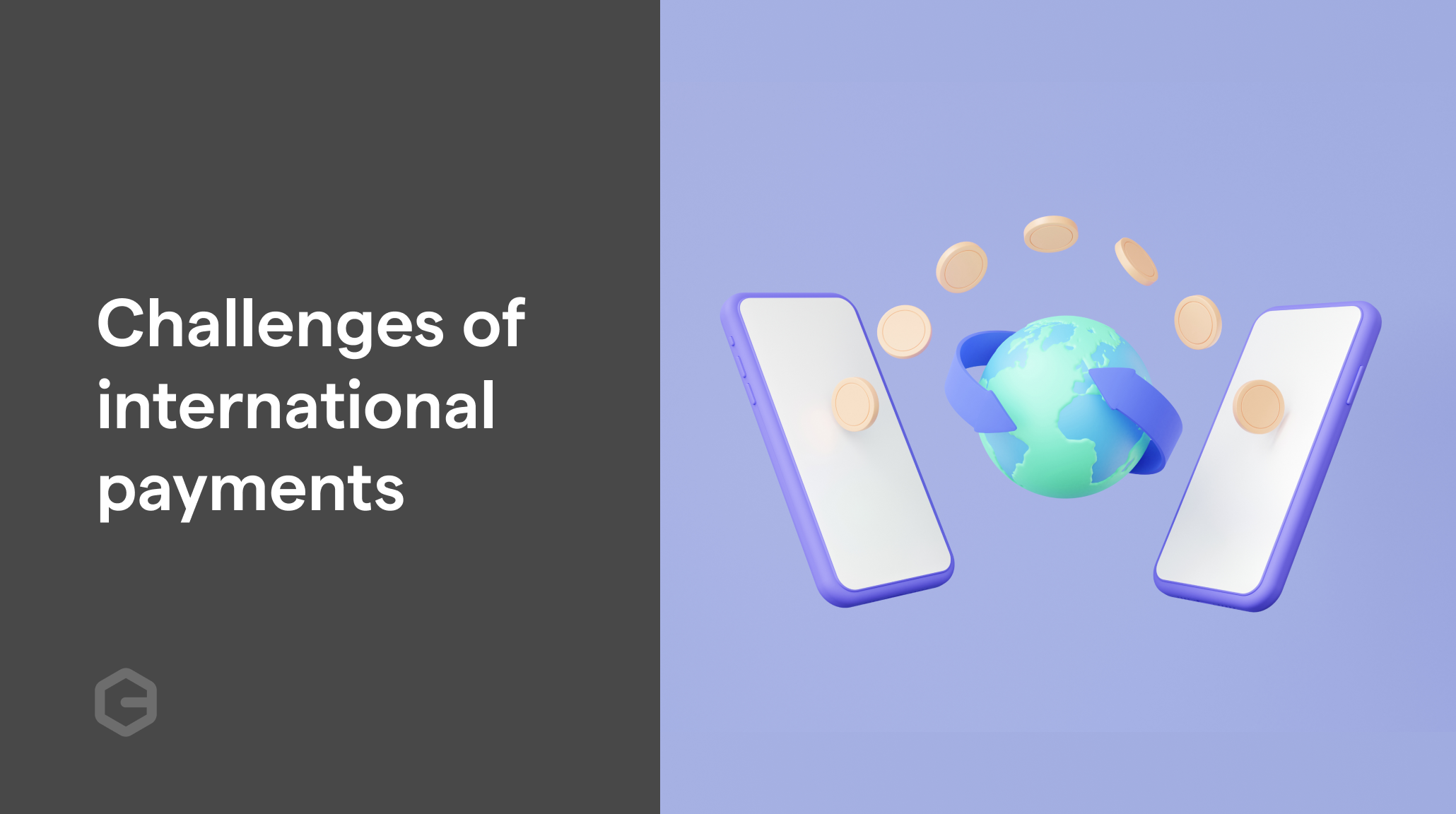In the realm of global commerce, Indian exporters often find themselves immersed in a sea of documentation and regulatory requirements. Among these, the Bank Realization Certificate (BRC) stands out as a key document that holds immense importance in facilitating and validating international trade transactions. This article aims to provide a comprehensive understanding of BRC in the Indian context, exploring its electronic version (e-BRC), the process of obtaining it, the required documents, and the lucrative incentives that Indian exporters can avail through this indispensable certificate
What is a Bank Realization Certificate (BRC)?
The Bank Realization Certificate (BRC) is a critical document issued by banks in India, confirming the receipt of payment in foreign currency for exported goods or services. It serves as a crucial compliance tool, validating the repatriation of foreign exchange and ensuring adherence to India's foreign trade policies. BRC is seen as proof of payment received by an Indian exporter as well as goods shipped by him/her. This document is further used to avail various export benefits provided by trade organizations in India. In line with the digital transformation sweeping across industries and governance, the traditional paper-based BRC has evolved into its electronic counterpart, known as e-BRC. This digital adaptation brings forth advantages such as increased efficiency, reduced paperwork, and faster processing times. e-BRC has now become the preferred mode of documentation used by exporters.
How to obtain e-BRC?
The process of obtaining an e-BRC in India involves a combined effort between the exporter, the authorized dealer(AD) bank, and the Reserve Bank of India (RBI). The following are the key steps to obtain an e-BRC:
- Submission of Export Documents: Exporters initiate the process by submitting essential export documents, including the shipping bill, invoice, packing list, and other relevant documents, to their authorized dealer bank.
- Verification by Authorized Dealer Bank: The authorized dealer bank verifies the submitted documents to ensure compliance with foreign exchange regulations.
- Electronic Submission: Once verified, the bank electronically submits the necessary details to the Export Data Processing and Monitoring System (EDPMS) of the RBI where the documents submitted are knocked off against the active shipping bills of the merchant.
- RBI Processing: The RBI processes the information and issues the e-BRC to both the exporter and the authorized dealer bank. The merchant can access this document against their relevant credentials on the Directorate General of Foreign Trade (DGFT) website.
Documents required for e-BRC
Exporters in India must furnish several documents to facilitate the issuance of e-BRC, including the shipping bill, invoice, packing list, bill of lading or airway bill, and the Foreign Inward Remittance Certificate (FIRC) from the bank confirming the receipt of payment in foreign currency.
Incentives through BRC in India:
- Duty Drawback: BRC is a prerequisite for claiming duty drawback, a refund of customs duties paid on imported inputs used in the production of exported goods.
- Export Promotion Capital Goods (EPCG) Scheme: Under the EPCG scheme, exporters can import capital goods at concessional rates or duty-free, provided they fulfill certain export obligations. BRC serves as evidence of export realization for this scheme.
- Merchandise Exports from India Scheme (MEIS): MEIS provides duty credit scrips to exporters, which can be utilized to offset various duties. BRC is essential for claiming benefits under MEIS.
- Advance Authorization Scheme: Exporters can procure inputs without payment of duty for manufacturing export products under the Advance Authorization Scheme. BRC is required to validate export realization for this scheme.
Looking ahead – a revamped e-BRC process
To further improve trade facilitation for exporters, DGFT is planning to implement an enhanced e-BRC system. In this process, the banks can directly transmit Inward remittance Messages (IRMs) to DGFT post which exporters can self-certify their e-BRCs by using relevant documents. This is expected to reduce transaction time and costs while also reducing the load on banks. This renewed system is expected to be piloted from 15th November 2023, and should over time become the default process for all e-BRCs
Conclusion
In the Indian context, the Bank Realization Certificate (BRC) is not merely a compliance document but a gateway to a myriad of incentives designed to propel and reward the efforts of exporters. The transition to eBRC streamlines the process, making it more accessible and efficient. For Indian exporters, understanding and harnessing the benefits of BRC is not just a matter of compliance but a strategic move to unlock the full potential of their international trade endeavours. In a global marketplace where competitiveness is paramount, the BRC stands as a testament to the robustness of India's export ecosystem.



